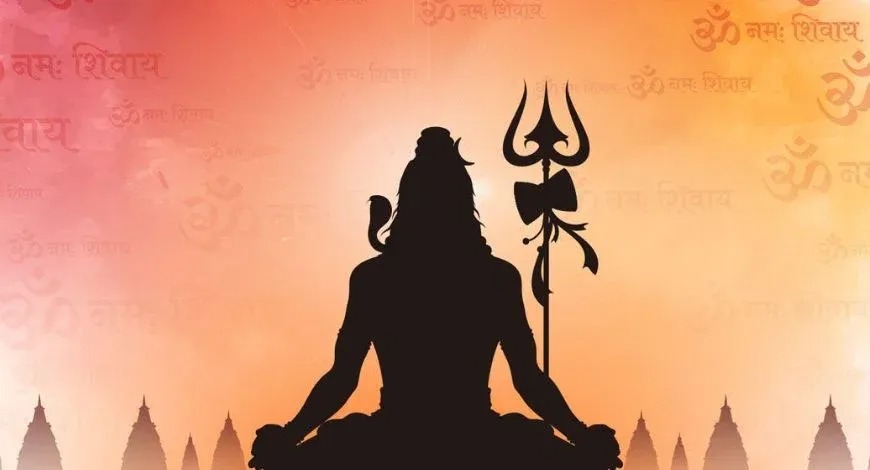
Mahashivratri is one of the most significant festivals for devotees of Lord Shiva. According to the Hindu calendar, it is observed annually on Falgun Krishna Chaturdashi, which falls in February or March as per the English calendar. On this sacred occasion, devotees observe fasting and perform special worship rituals dedicated to Lord Shiva, including Jalabhishek and Rudrabhishek, which are considered highly auspicious.
Grand Celebrations of Mahashivratri in Varanasi
Mahashivratri is celebrated with grandeur across India, with major festivities in Varanasi, Haridwar, and Ujjain. Thousands of devotees gather at pilgrimage sites, take a holy dip in the Ganges, and seek the blessings of Lord Shiva. The festival not only fosters spiritual consciousness but also promotes unity and harmony in society.
In Kashi (Varanasi), the festival marks the divine marriage of Baba Vishwanath (Lord Shiva) and Goddess Parvati. The celebrations begin on Basant Panchami with the ceremonial Tilak of Baba Vishwanath. The wedding is performed on Mahashivratri, followed by Gauna on Rangbhari Ekadashi.
Mahashivratri 2025 Date and Puja Muhurat
According to the Hindu calendar, Mahashivratri 2025 will be observed from 11:08 AM on February 26 to 08:54 AM on February 27. Based on Udayatithi (sunrise date) and Puja Muhurat, Mahashivratri will be celebrated on Wednesday, February 26, 2025.
Significance of Nightlong Worship
Mahashivratri puja is conducted in four prahars (phases) of the night, with each phase having a unique worship method:
- Nishita Kaal Puja Muhurat: February 27, 12:27 AM to 1:16 AM
- First Prahar Puja: February 26, 6:43 PM to 9:47 PM
- Second Prahar Puja: February 26-27, 9:47 PM to 12:51 AM
- Third Prahar Puja: February 27, 12:51 AM to 3:55 AM
- Fourth Prahar Puja: February 27, 3:55 AM to 6:59 AM
Parana (Fast-Breaking) Time
The Parana (breaking of fast) on Mahashivratri will take place between 6:59 AM to 8:54 AM on February 27, 2025.
Grand Shiv Processions on Mahashivratri
In Uttar Pradesh and other parts of India, grand Shiva processions are organized on Mahashivratri. Devotees participate enthusiastically, chanting hymns and offering prayers.
- Worshiping Shiva and Parvati on this day is believed to bring happiness and prosperity in marital life.
- Unmarried women who observe Mahashivratri fast with devotion are believed to receive their desired life partner.
- Married women offer shringar (makeup items) to Goddess Parvati for the well-being of their husbands.
The Divine Marriage of Shiva and Parvati
Mahashivratri marks the sacred union of Lord Shiva and Goddess Parvati. On this auspicious occasion, devotees seek blessings by:
- Performing Rudrabhishek
- Chanting the Mahamrityunjaya Mantra
- Offering water and Bel leaves on the Shivling
These rituals are believed to remove obstacles and bring peace, prosperity, and spiritual growth.
Puja Vidhi and Vrat Rules on Mahashivratri
- Morning Rituals: Devotees should take a holy bath in Brahma Muhurta, wear clean clothes, and take a vow to fast.
- Worship Timings: Lord Shiva and Goddess Parvati should be worshiped in the morning and evening.
- Offerings: Offering clothes, flowers, and fruits to Lord Shiva and Goddess Parvati is considered highly auspicious.
Observing fasting, meditation, and chanting of Lord Shiva’s names on this special night is believed to bring divine blessings and spiritual upliftment.
Read More: Pyrite Gemstone Benefits and Rules for Attracting Unlimited Wealth and Prosperity

 Share
Share



